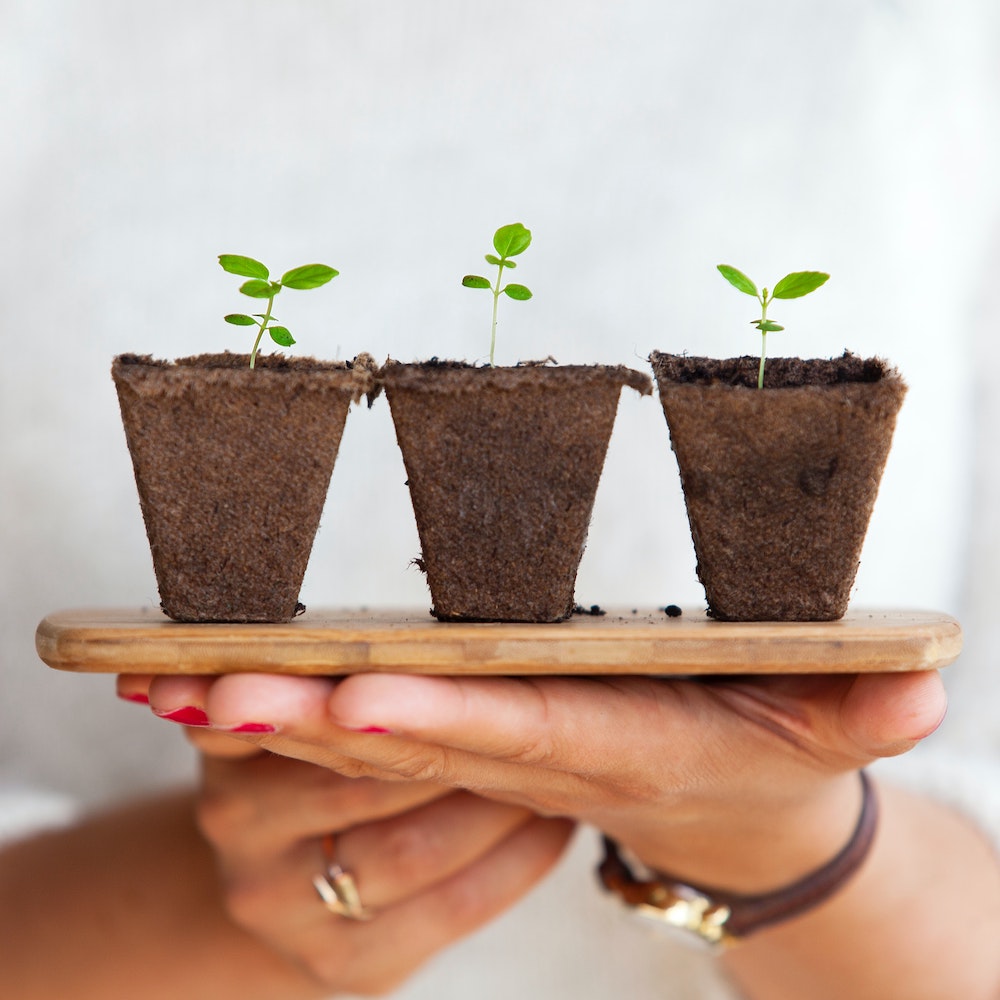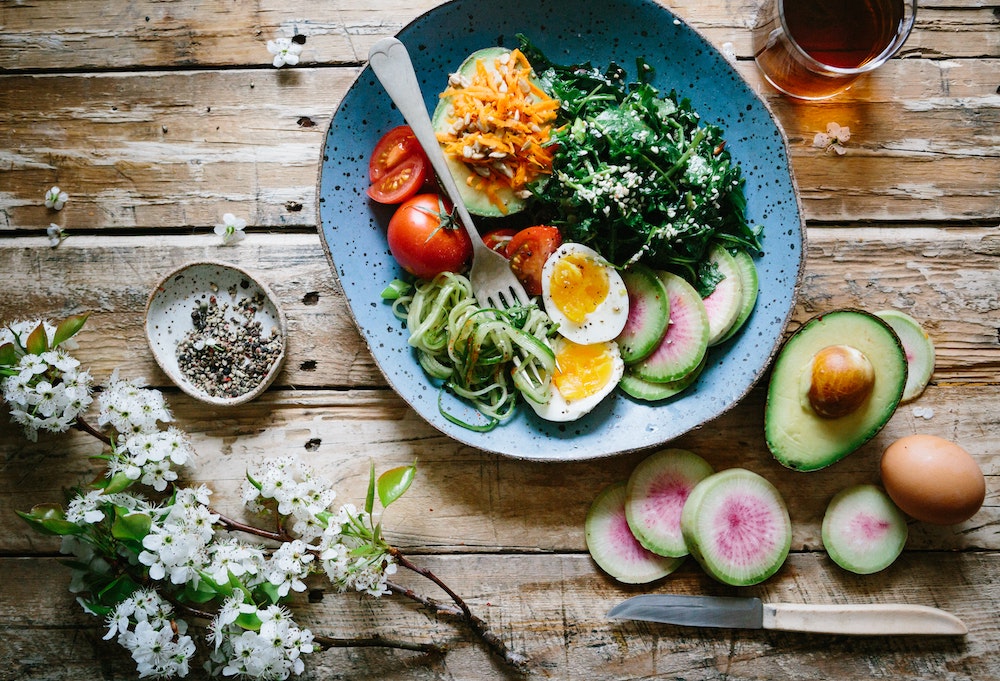In the Southern Hemisphere, spring has sprung and unfortunately, so has the rise of histamine reactions!
Histamines are a substance released by the immune system when it’s trying to get rid of an allergy, such as grass, dust mites, pollen, food allergens and more. When our histamines are functioning well, they’re released alongside an enzyme called diamine oxidase (DAO). DAO helps clear excess histamines from the system to reduce our experience of histamine-type symptoms. Histamines aren’t all bad, but in excess, they can cause us to experience a range of symptoms, including;
- Facial flushing
- Headaches
- Hives
- Itchy skin
- Redness
What does this have to do with hormones?
Well, oestrogen reduces the DAO enzyme and increases histamine. In stages where we may have increased oestrogen, such as just before menstruation, during ovulation or pregnancy, some histamine-related symptoms may worsen. In these cases, women may experience an intensified histamine response, including flushing, hives, rashes, menstrual-related migraines or headaches, menstrual pain and fatigue, fluid retention, hot sweats, eczema, asthma, insomnia, nasal congestion and general allergic symptoms that are worse during ovulation or just before menstruation. These symptoms indicate that the body is having a hard time trying to clear excess histamines.
If you’re nodding your head at any of the above symptoms, it may be worth decreasing your intake of foods high in histamines. Foods high in histamines aren’t typically ‘unhealthy’ foods; some listed below may surprise you.
High Histamine Foods:
- Aged Cheeses
- Alcohol
- Dried Tomatoes
- Eggplant
- Kefir
- Leftover Meat
- Miso
- Mushroom
- Olives
- Salami
- Sauerkraut
- Spinach
- Tinned Fish
- Tomato
- Vinegar
Foods that encourage the release of histamine:
- Avocado (sorry!)
- Banana
- Citrus fruits
- Strawberry
- Tomato
Essentially, anything that would be ‘fine in six-months’ time’ is probably high in histamines.
So, what can you eat?
Low Histamine Foods
I encourage you to increase your intake of fresh foods.
Think;
- All fruits (besides citrus fruits, strawberries or bananas)
- All other vegetables
- Chicken
- Coconut milk or rice milk
- Fresh eggs
- Fresh fish
- Fresh herbs
- Fresh meat
- Non-gluten grains, e.g. rice and quinoa
Anything not on the above list probably has a moderate amount of histamines and can be enjoyed in moderation. Some supplements and specific nutrients can help clear excess histamines and promote the DAO enzyme.
Natural Ways to Improve Histamine Response
- Antioxidant-rich foods; fresh fruit and vegetables
- Fish or fish oil
- Nettle leaf tea
- Optimise gut health through a probiotic
- Probiotic
- Vitamin C rich foods; capsicum, kiwi fruit, brussel sprouts and other leafy greens
- Vitamin D; sunshine or consider a supplement
Try increasing the freshness of your diet by including low histamine foods, and lowering your intake of high histamine foods. You may be surprised at how effective it can be!







